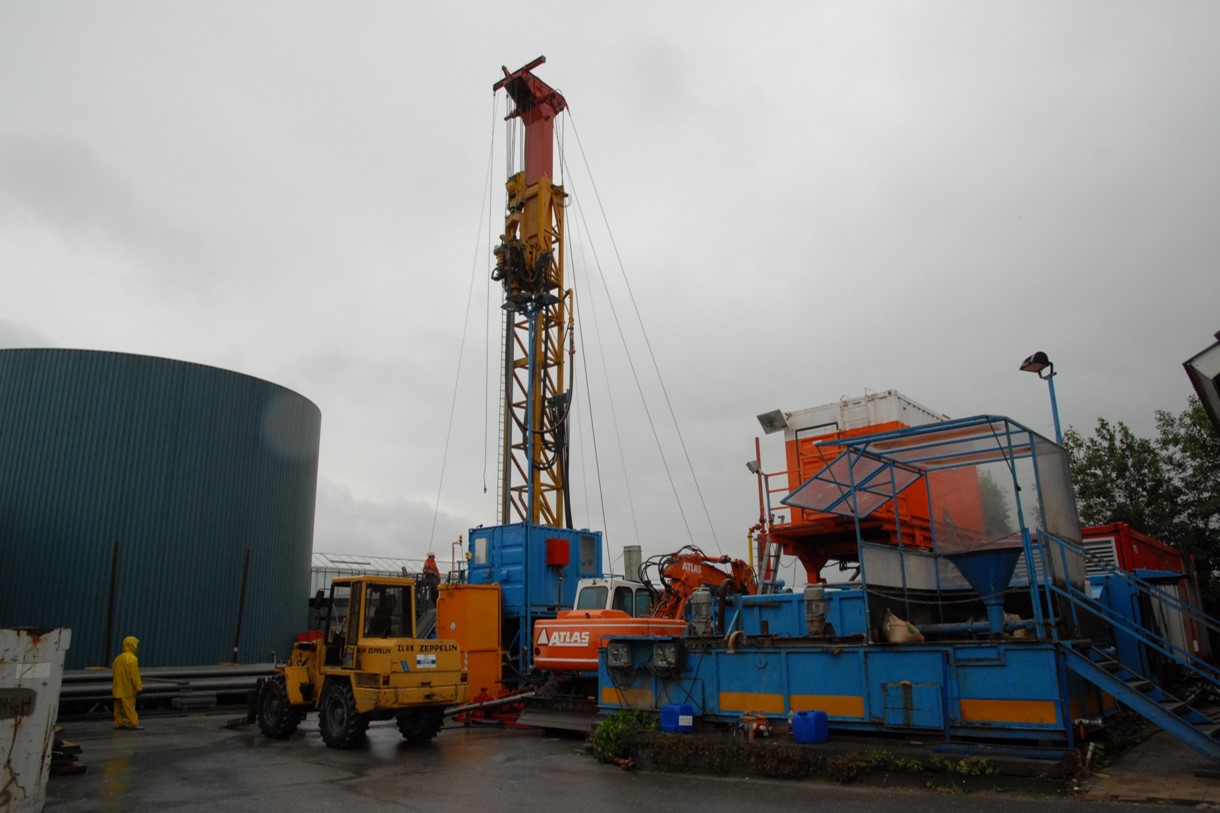“The geothermal industry requires a much tighter control on scale formation than the oil and gas industry”, said Peter Wilkie from Roemex in a talk delivered during SPE’s online Geothermal conference yesterday.
Wilkie shed light on an aspect of geothermal energy production that is not debated very often: the issues related to production chemistry and scaling.
“While hydrocarbons are non-corrosive, gases such as CO2 dissolved in formation water are”, added Peter. Combined with much higher flow rates in geothermal wells – rates of 75,000 barrels a day are common – it is easy to see why there is so much more pressure on geothermal systems when it comes to materials used. In addition, it is also important to remember that open-loop geothermal doublets require the produced fluids to be re-injected into the same formation where mineral scale, accumulation of corrosion products and bacterial biofilms can cause issues.
Another major difference between oil and gas and geothermal is that in the latter, production of brines takes place directly through the casing, without a production tubing in place. That has implications for the costs of maintenance if integrity issues arise in a geothermal well. If a casing is compromised, it is much more expensive to replace than part of a production tube.
Experience in the Netherlands
Wilkie spoke about his experience in the Dutch geothermal sector, where his company has worked on various geothermal projects. “The oilfield corrosion inhibitors used in the hydrocarbon industry have proven to pose challenges in a water-dominated system”, he said. “It may lead to greasy residues that cause problems in injection wells. There are solutions for this, but we are now also using more water-soluble corrosion inhibitors that have shown to avoid these problems”, he added.
Another challenge geothermal energy production is facing is radioactive lead (210Pb) deposition, both in the casing as well as in the heat exchanger. This has not been widely reported in the oil and gas sector in the Netherlands according to Wilkie, but is a challenge seen in many geothermal systems producing from the Jurassic Delft sandstone and Permian Slochteren sandstone, two of the most important geothermal targets in the Dutch sector.
The use of corrosion inhibitors has been shown to reduce the volume of lead deposition, “but the remaining issue with lead deposition is that the problem can only be relocated to another part of the system, but not entirely solved”, said Wilkie. Glass Reinfored Epoxy (GRE) lining in the casing can prevent Pb to contact iron downhole, but this may then lead to problems at surface. “Very little technology is available to prevent elemental lead formation, which is key to achieving optimal production rates”, Wilkie concluded.
Scaling in heat exchangers
Scaling, or the precipitation of minerals from the produced brines, is very well known in the oil and gas sector. It is a challenge in geothermal systems too. Even though no incompatible brine mixing occurs as it is the formation fluids themselves that are being re-injected, the temperature drop in the heat exchanger at surface can cause mineral precipitation. “A thin layer of scale in a heat exchanger has an immediate effect on its efficiency”, Wilkie said, “and can be observed in real time.”
Unlike the oil and gas industry, where fluid re-routing is possible, geothermal sites have to inject all the fluids produced. “It is therefore key to ensure that injectivity of the reservoir is maintained”, said Wilkie. A particular challenge observed is the formation of biofilms in the injection wells, which can reduce injectivity. Periodic biocide treatments can prevent and overcome downhole pressure increases.
Based on the findings presented above, it is not a surprise that Wilkie concluded his talk by saying that significant production chemistry challenges exist in the geothermal sector. It reinforces the need to use the best casing materials as possible, using corrosion resistive alloys for example. Although this will have a knock-on effect on project economics, preventing issues is always better than curing them.

